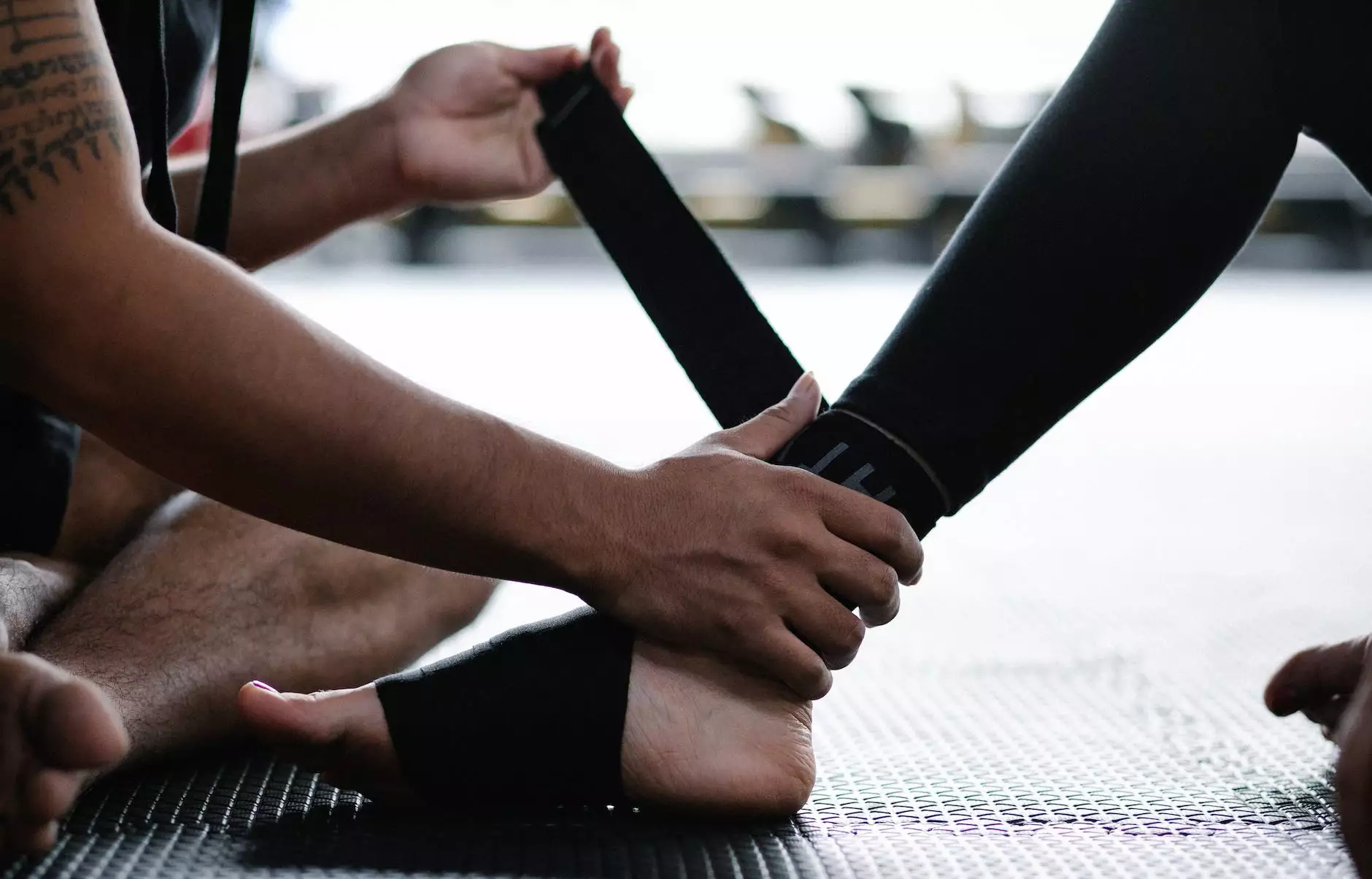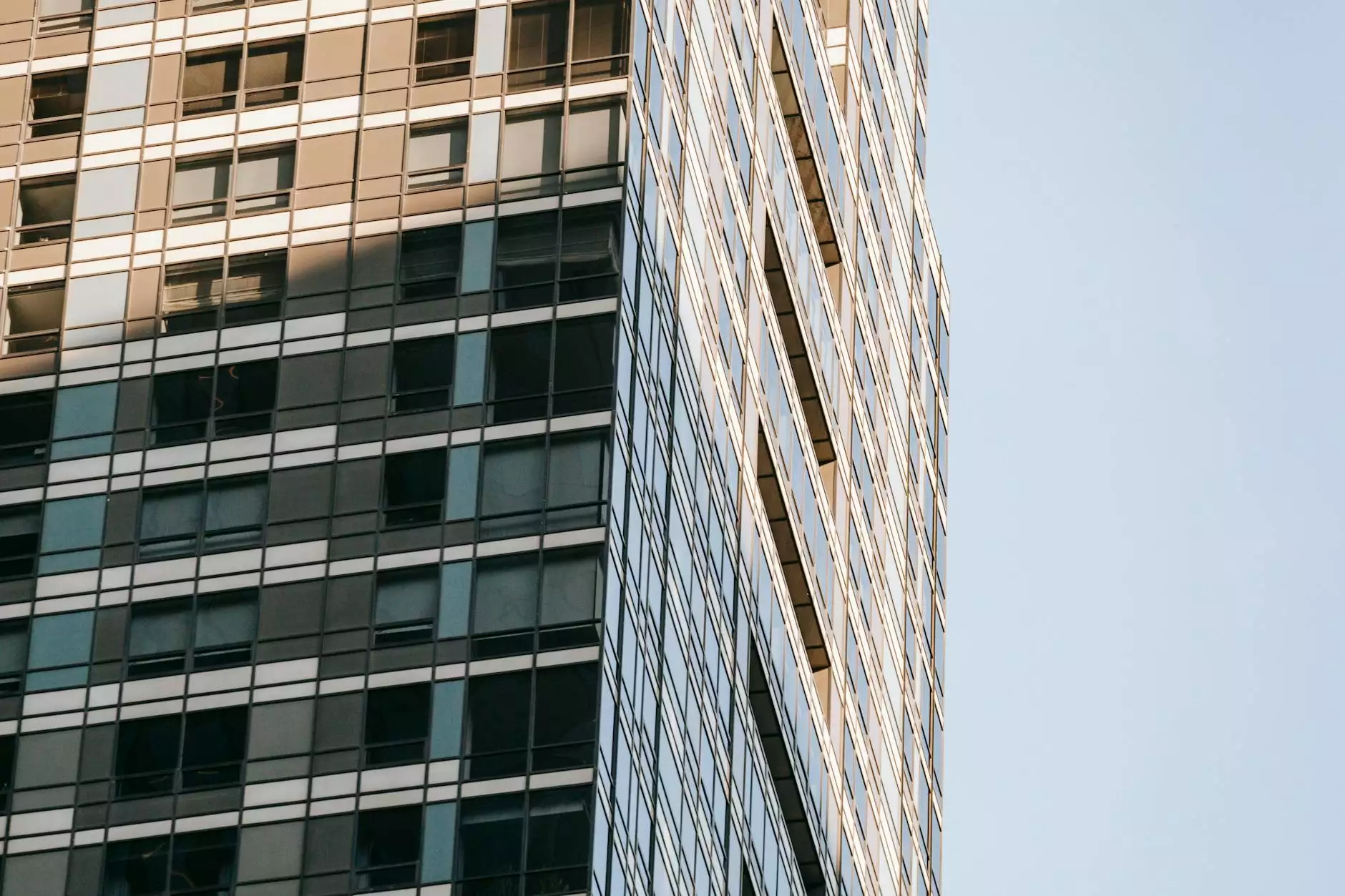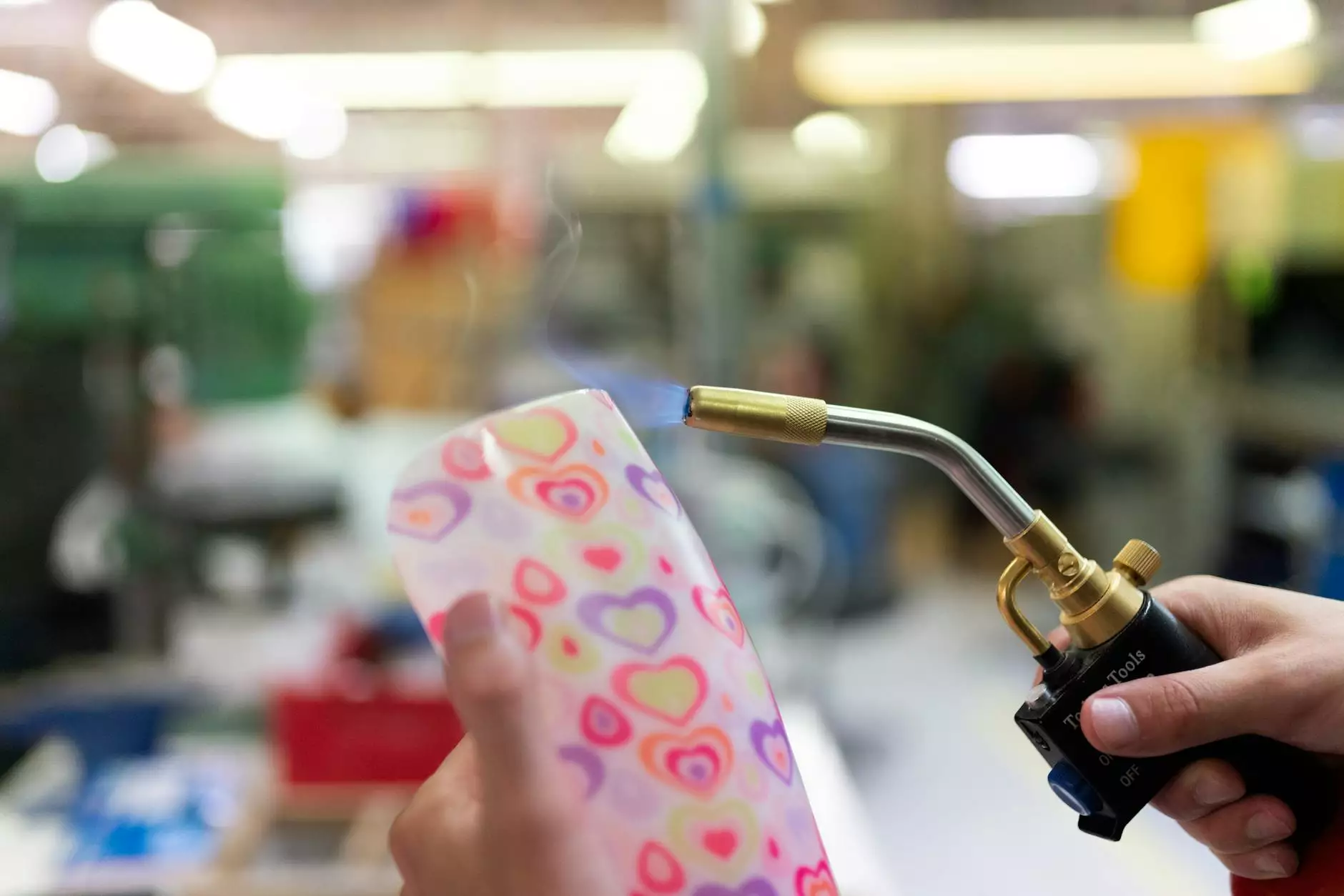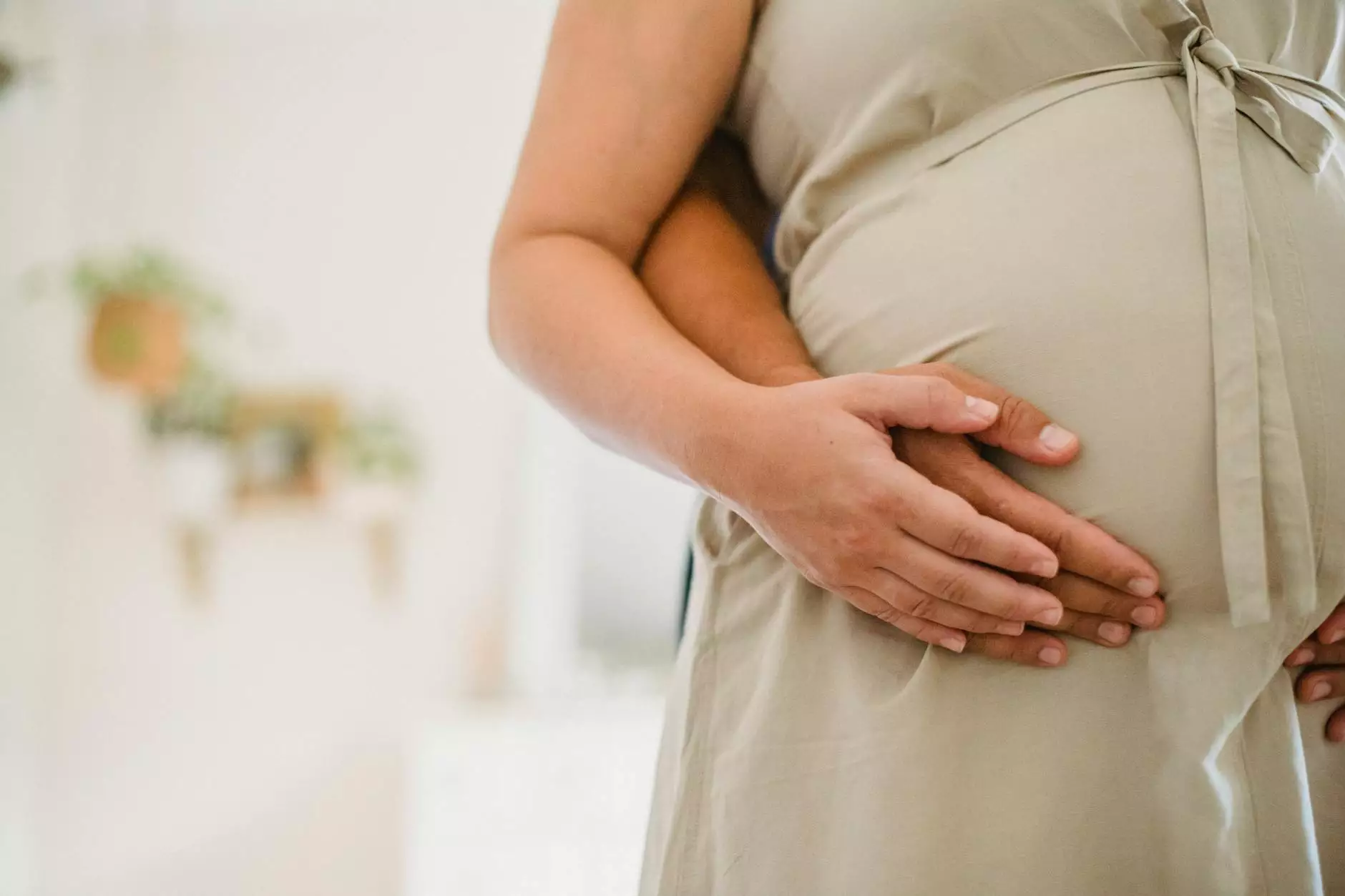Vulvar Varicosities: What is it and Why Does it Happen?
Blog
Understanding Vulvar Varicosities
Vulvar varicosities, also known as varicose veins of the vulva, are an often overlooked but relatively common condition among women, particularly during pregnancy. This condition occurs when the veins in the vulva become stretched, enlarged, and distended, leading to discomfort and visible appearance changes. While vulvar varicosities can cause physical discomfort, they are typically benign and pose no serious health risks.
Causes of Vulvar Varicosities
The exact causes of vulvar varicosities are not entirely understood, but there are several factors that can contribute to the development of this condition. These factors include:
- Pregnancy: The hormonal changes and increased blood volume during pregnancy can put excess pressure on the veins, leading to the development of varicose veins in various parts of the body, including the vulva.
- Genetic Predisposition: Some individuals may be more prone to developing varicose veins due to their genetic makeup.
- Inadequate Blood Circulation: Poor blood circulation or impaired functioning of the valves in the veins can contribute to the development of varicose veins, including those in the vulva.
Signs and Symptoms
Vulvar varicosities can manifest in a variety of ways. Some of the common signs and symptoms include:
- Visible swollen and enlarged veins in the vulva region.
- Discomfort or aching sensation in the vulva, especially after prolonged standing or physical activity.
- Itching or throbbing sensation in the affected area.
- Pain during sexual intercourse.
Treatment Options
If you are experiencing symptoms of vulvar varicosities, it is recommended to consult with a healthcare professional for an accurate diagnosis and appropriate treatment options. The treatment options for vulvar varicosities may include:
- Conservative Measures: Simple self-care measures such as wearing compression stockings, avoiding prolonged standing or sitting, and elevating the legs can help alleviate discomfort associated with vulvar varicosities.
- Physical Therapy: Specific exercises and targeted physical therapy can help improve blood circulation and relieve symptoms.
- Sclerotherapy: This minimally invasive procedure involves injecting a solution into the affected veins to shrink and close them.
- Surgical Interventions: In severe cases or when conservative measures fail to provide relief, surgical interventions such as vein ligation or removal may be recommended.
Preventing Vulvar Varicosities
While the development of vulvar varicosities cannot always be prevented, there are certain measures that can help reduce the risk or minimize the discomfort associated with this condition:
- Maintain a healthy weight to support proper blood circulation.
- Avoid prolonged periods of standing or sitting, and take regular breaks to move and stretch.
- Practice regular physical exercise to improve overall blood flow and strengthen leg muscles.
- Wear compression stockings or supportive garments recommended by healthcare professionals.
- Stay hydrated by drinking an adequate amount of water daily.
Regency Square Care Center - Your Partner in Geriatric and Aging Care
At Regency Square Care Center, we understand the unique challenges that come with age-related health conditions. Our team of dedicated healthcare professionals specializes in providing compassionate care for geriatric and aging individuals. We aim to provide comprehensive support and personalized treatment options, including managing conditions like vulvar varicosities.
If you or your loved one is experiencing symptoms of vulvar varicosities or seeking geriatric care services, we are here to help. Contact Regency Square Care Center to learn more or schedule a consultation with our experienced healthcare team.










